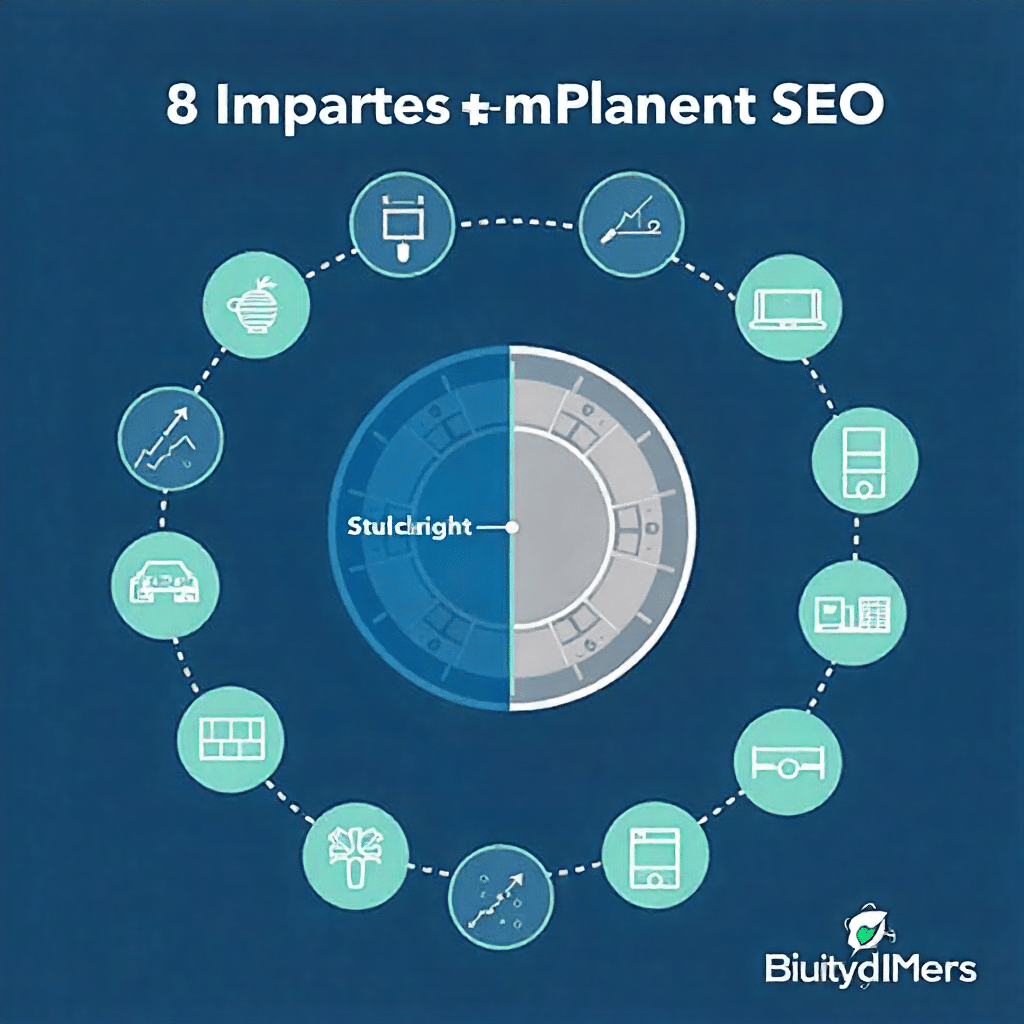SEO Coding vs SEO Content: The Complete Guide to Optimized Website Success
In the ever-evolving world of digital marketing, Search Engine Optimization (SEO) remains the cornerstone of online visibility. However, to build a fully optimized website, two key components must work together: SEO coding and SEO content. While both aim to improve your site’s rankings on search engines like Google, they serve different purposes and require different strategies.
In this detailed guide, we’ll explore the difference between SEO coding and SEO content, walk through the essential steps for each, and explain how they work hand in hand to create a powerful and effective SEO strategy.

What is SEO Coding? (Technical SEO)
SEO coding, also known as technical SEO, focuses on optimizing your website’s code and structure to make it easier for search engines to crawl, index, and rank your site. It ensures that your site is technically healthy and accessible, providing a strong foundation for your content.
Key Elements of SEO Coding:
Clean and semantic HTML structure
Mobile-friendliness and responsive design
Fast loading speed
Secure website (HTTPS)
Proper use of header tags (H1, H2, H3)
XML sitemap creation and submission
Robots.txt file configuration
Canonical tags to prevent duplicate content
Schema markup for rich results
Fixing crawl errors (404s, redirects, etc.)

Steps to Implement SEO Coding:
Perform a Technical SEO Audit
Use tools like Google Search Console, Screaming Frog, or Ahrefs to identify and fix issues.
Optimize Site Speed
Minimize code, enable compression, and optimize images using tools like GTmetrix or PageSpeed Insights.
Ensure Mobile Responsiveness
Use responsive CSS frameworks and test across devices.
Secure Your Website with HTTPS
An SSL certificate is now a ranking factor for Google.
Improve Crawlability and Indexing
Use clear internal linking, XML sitemaps, and a properly configured robots.txt file.

What is SEO Content? (On-Page SEO)
SEO content refers to the actual text, images, and media on your web pages that are optimized to rank for specific keywords and provide value to users. It’s the visible part of your site that attracts and engages readers.
Key Elements of SEO Content:
-
Keyword research and placement
-
High-quality, original content
-
Engaging headlines and meta descriptions
-
Optimized images with alt tags
-
Internal and external links
-
Content readability and formatting
-
Answering user intent clearly and directly
Steps to Create SEO Content:
Conduct Keyword Research
Use tools like SEMrush, Ubersuggest, or Google Keyword Planner to find relevant keywords with good search volume.
Write for Humans First, Search Engines Second
Make your content valuable, clear, and engaging.
Use Headings Strategically
Include primary and secondary keywords in H1, H2, and H3 tags.
Optimize Meta Tags
Craft compelling meta titles and descriptions using your focus keywords.
Use Visuals and Alt Text
Support your content with images and include descriptive alt text.
Link to Related Pages
Help both users and search engines navigate your site.

How SEO Coding and SEO Content Work Together
While SEO coding is the technical backbone, SEO content is the message delivered. Without technical optimization, even the best content might never be discovered. Likewise, a technically perfect site without valuable content won’t engage or convert visitors.
The Integration Strategy:
-
SEO coding ensures your content is discoverable
Proper coding helps search engines index your content efficiently. -
SEO content gives context to the code
It provides relevance and authority through quality writing and keyword usage. -
Together, they improve UX and rankings
Fast-loading pages with relevant content reduce bounce rate and improve dwell time.

Conclusion
To dominate in search engine results, a website needs both strong SEO coding and compelling SEO content. One without the other is like a beautifully designed car with no engine—or a powerful engine in a car with no wheels. By understanding and applying the strategies for each, and ensuring they work in harmony, you’ll be setting your digital presence up for long-term success.







